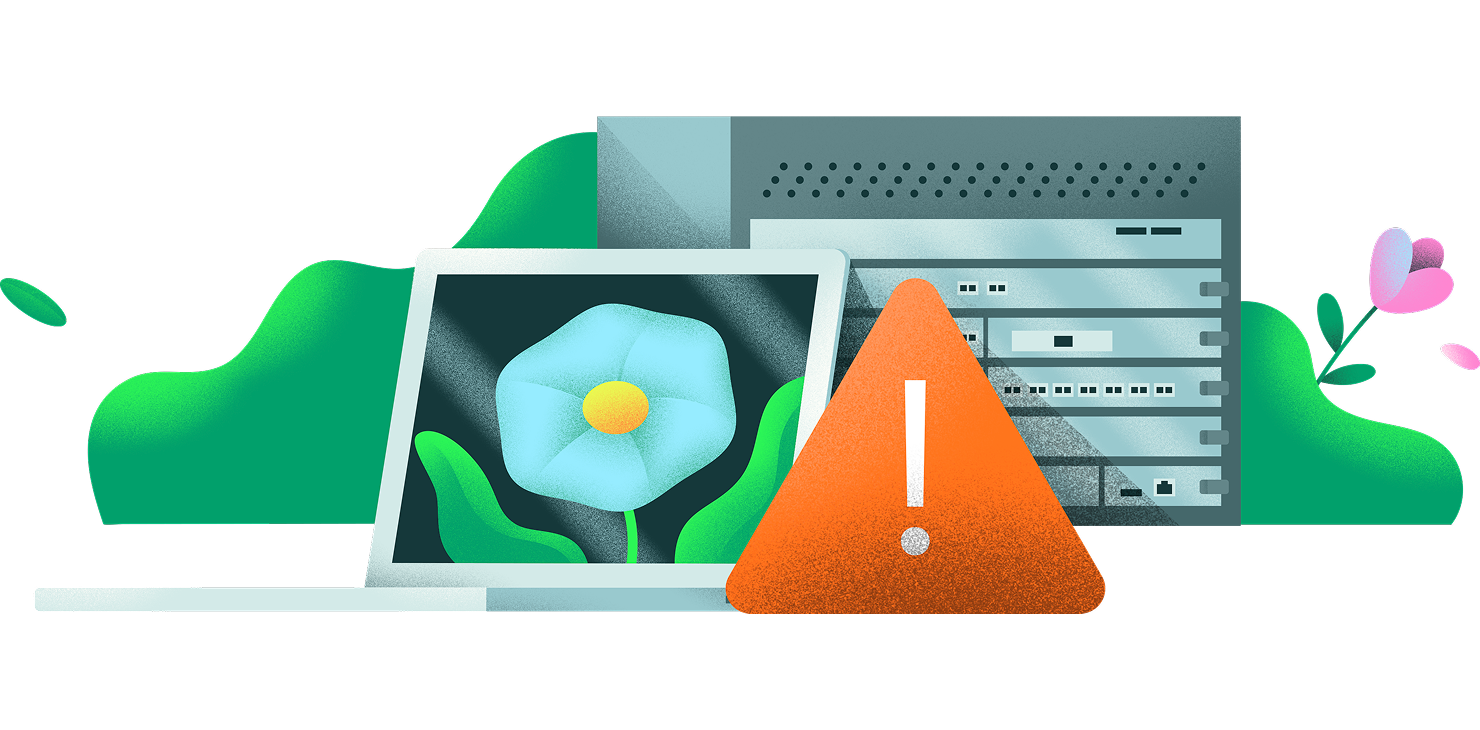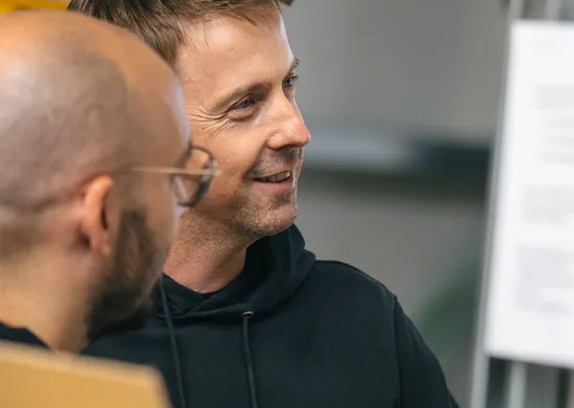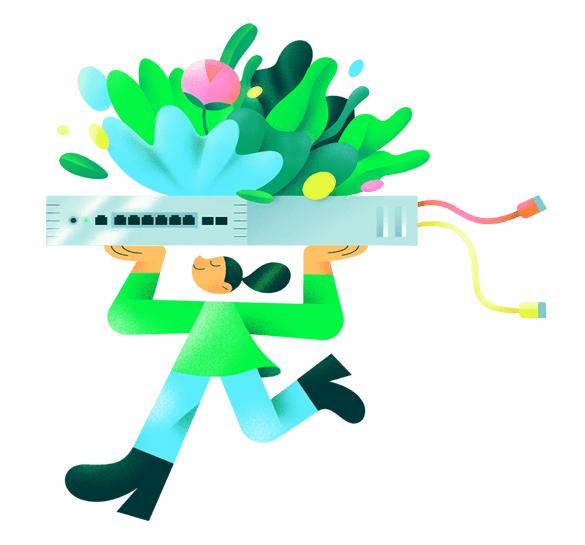

Why green IT is the only choice The most environmentally friendly product: was never manufactured.
Circular economy means keeping resources in useful circulation over the longest possible period. This leads to numerous ecological advantages: less waste, extraction of fossil resources is minimised and fewer new devices need to be manufactured. With IT remarketing, we contribute to the circular economy in the IT sector.
Why recycling
is not enough


Huge amounts of e-waste are generated worldwide every year – 62 million tons in 2022, and the trend is rising. In Germany, the per capita share is around 17.6 kg. However, only 22% is currently recycled properly. The majority ends up uncontrolled in landfills or is improperly recycled – with enormous consequences for the environment and health. Even when it comes to recycling, potential remains untapped: Only 1% of global demand for rare earths is met by e-waste.
Source: ewastemonitor.info
Powerful IT is the foundation of our networked future. However, up to 80% of a device’s environmental impact is caused by production, transportation and disposal. Using hardware for an extended period of time measurably reduces this impact – and makes digitalization sustainable.
Source: ecoratingdevices.com
Dare to go greener
We can help you make your IT more environmentally friendly. We’d be delighted to advise you on the use of refurbished hardware or the secure sale of your used equipment.











